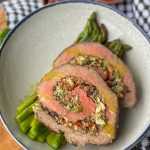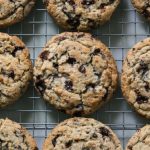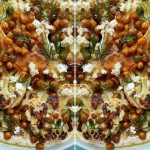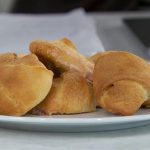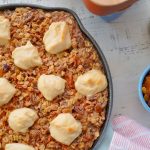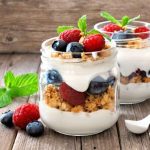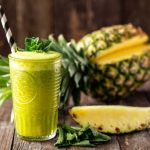Watch live
Monday to Friday
In Case You Missed It
Even MORE construction is on the way for Toronto highways — see the details
Celebrate with BT
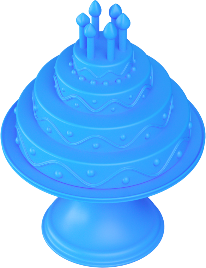
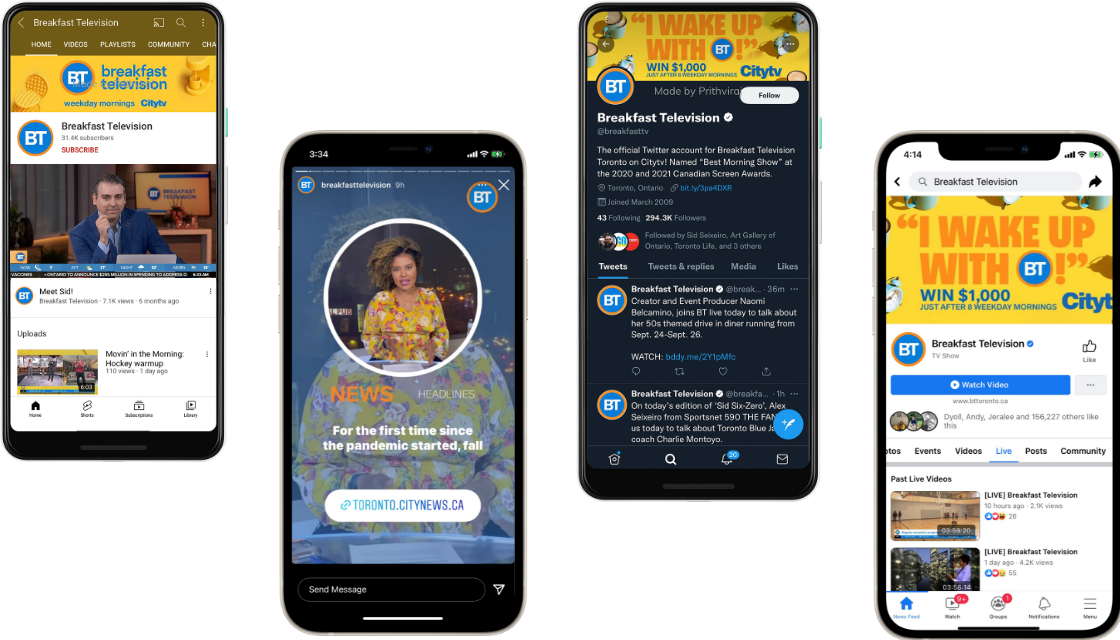
Connect with @breakfasttelevision
live, weekday mornings
Subscribe or follow to watch live weekday mornings on Citytv, YouTube and Facebook. Connect with us on Instagram and Twitter for more news and entertainment













